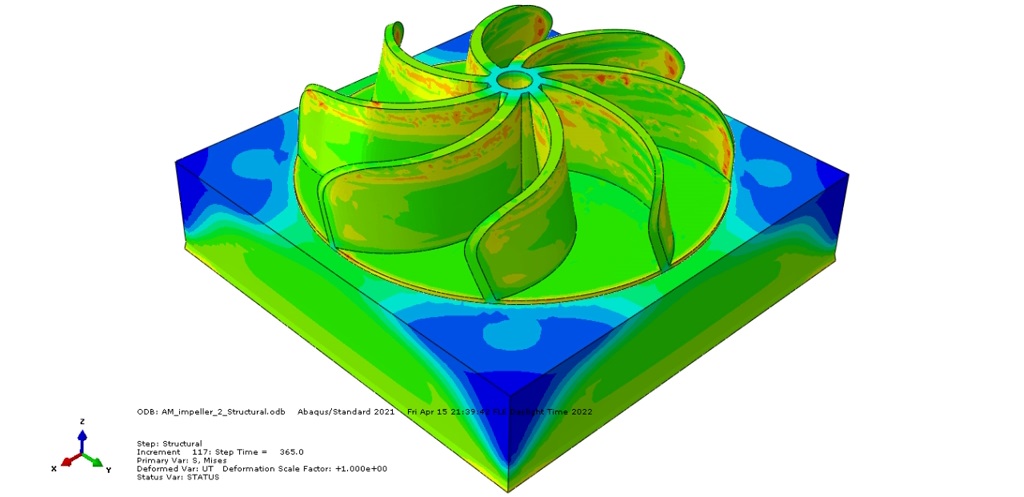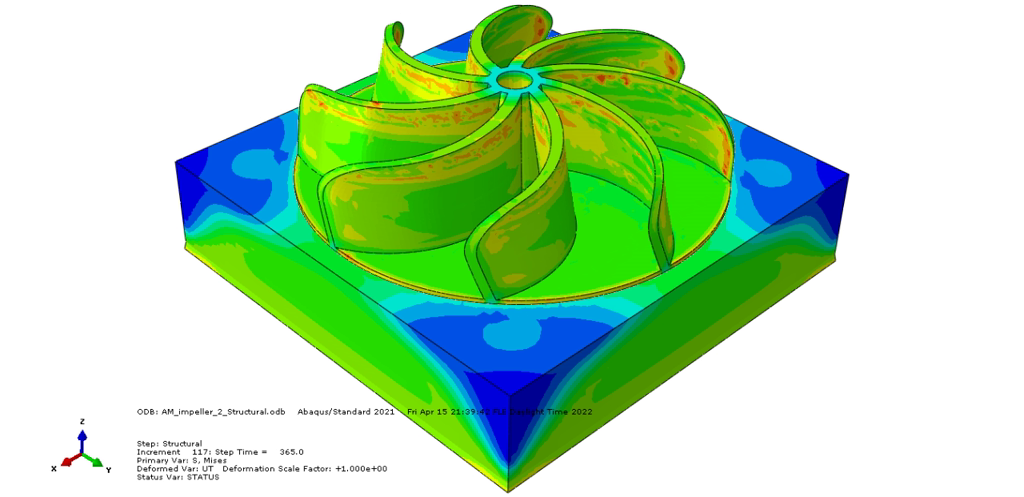Please use this space to reserve times for language assessments.
- Opettaja
Kelly Raita
Please use this space to reserve times for language assessments.
Sustainable investments and sustainable finance continue to gain importance for financial institutions, savers, investors, and companies raising funds. Successful sustainable finance depends on a commitment to good governance by all stakeholders above what can be covered by legal contracts and regulation, not only those raising funds from investors pursuing sustainable finance. At the same time, the financial sector, by its nature as an intermediary is a field with diverse sets of potential conflicts of interest that can jeopardize governance. This course seeks to give students the tools to critically assess sustainable finance from the broad context of how finance may deliver good and bad outcomes.
Finanssioikeus - oikeudenalojen perusteet -Moodle-alusta vuoden 2025 kurssille.
Objectives
The course goes through the theory of plastic deformation and flow stress models for advanced FEM simulations. The course uses Abaqus FEM environment. After the course, students know the theory of advanced FEM analysis and elastic-plastic material behaviour. Students can simulate material forming processes like forging, cutting, sheet metal forming and shearing. Students can evaluate the capabilities, limits and accuracy of the simulations.
General goals
Students remember the theoretical aspects of advanced FEM analysis and material modelling.
Students can apply the theoretical knowledge to cases presented in the course.
Students can apply the theoretical knowledge to other cases than just those presented in the course.
Professional goals
Student can use some commercial FEM solver in advanced problems.
Students can independently develop new models in some commercial FEM solver.
Students can develop user subroutines to advanced problems that are not directly supported by some FEM solver.
Transferable goals
Students can read and understand technical FEM reports and models.
Students can write technical reports based on FEM model result.
Students can evaluate the cost and accuracy of the FEM model for different modelling cases.

Objectives
The course goes through the theory of plastic deformation and flow stress models for advanced FEM simulations. The course uses Abaqus FEM environment. After the course, students know the theory of advanced FEM analysis and elastic-plastic material behaviour. Students can simulate material forming processes like forging, cutting, sheet metal forming and shearing. Students can evaluate the capabilities, limits and accuracy of the simulations.
General goals
Students remember the theoretical aspects of advanced FEM analysis and material modelling.
Students can apply the theoretical knowledge to cases presented in the course.
Students can apply the theoretical knowledge to other cases than just those presented in the course.
Professional goals
Student can use some commercial FEM solver in advanced problems.
Students can independently develop new models in some commercial FEM solver.
Students can develop user subroutines to advanced problems that are not directly supported by some FEM solver.
Transferable goals
Students can read and understand technical FEM reports and models.
Students can write technical reports based on FEM model result.
Students can evaluate the cost and accuracy of the FEM model for different modelling cases.

This is an unconventional course on multimodal MRI processing: instead of basic principles we focus on "how to" with aims to provide the participants the practical capability to prepare a research article from any data set that is in BIDS format. We welcome investigators from all career stages, from undergraduates to professors.

Tavoitteet
Opintojakson aikana opiskelija oppii suomen kielen tärkeimpiä fraaseja, rakenteita ja sanastoa, mikä auttaa häntä selviytymään erilaisissa arkielämän tilanteissa. Opintojakson jälkeen opiskelija pystyy kommunikoimaan tutuista aiheista arkipäivän tavallisissa vuorovaikutustilanteissa suomen kielellä. Opiskelija ymmärtää ja osaa ääntää usein toistuvia sanoja ja fraaseja, jotka liittyvät hänen omaan elämänpiiriinsä, tuttuihin teemoihin ja tilanteisiin. Hän saa hyvät pohjatiedot suomen kielen rakenteesta. Opiskelija osaa lukea ja kirjoittaa lyhyitä ja yksinkertaisia viestejä. Hän löytää olennaiset asiat arkisista teksteistä, joiden aiheet ovat hänelle tuttuja.
Opiskelija tunnistaa puhe- ja kirjakielen keskeisimpiä eroja. Opiskelija oppii kiinnittämään huomiota suomen kielen ja muiden kielten välisiin yhtäläisyyksiin ja eroavaisuuksiin. Opiskelija tutustuu suomalaiseen kulttuuriin ja elämäntapaan, mikä edistää hänen kotoutumistaan suomalaiseen yhteiskuntaan.
